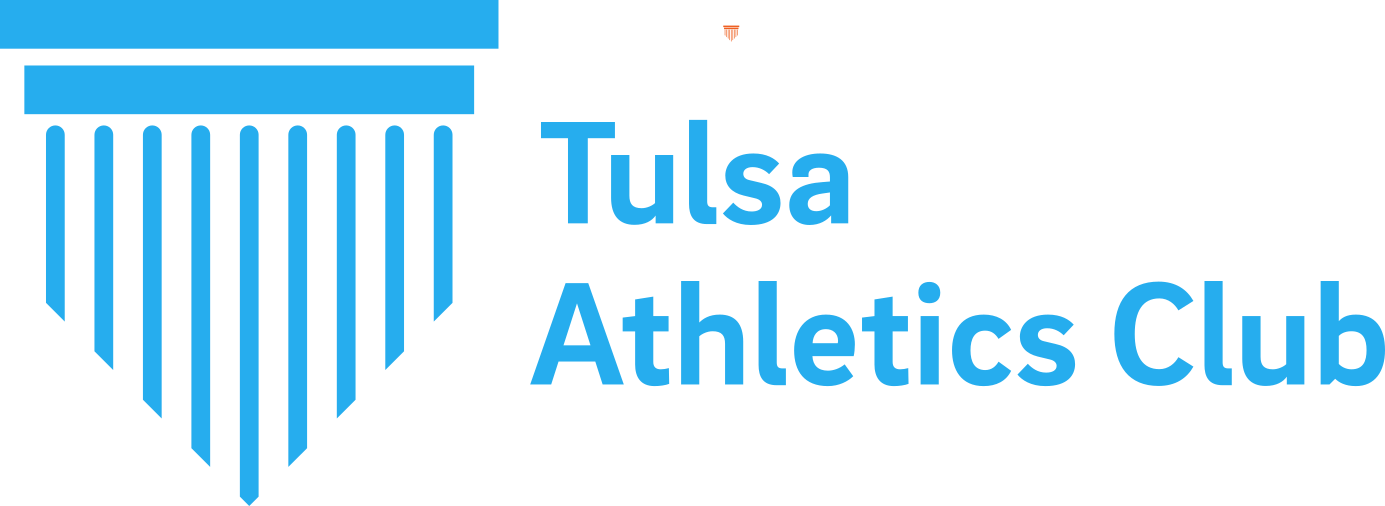The core lifts - squats, dead lifts and bench press - hold their place for a reason. They are mulitjoint movements that integrate large muscle groups and supporting muscles in a coordinated pattern that mimics fundamental movements. They check a lot of boxes for coaches, including being easily defensible: not many peers, athletes or - in a school setting - parents are going to question these exercises showing up in a training plan.
That leads us to the first problem with the core lifts, one that’s seemingly at odds with the overall theme of this article: these lifts are accepted unquestioningly by all involved.
Do squats - a two-legged exercises that constrains two planes of motion - really make runners faster? Can bench pressing - another bilateral exercise in one plane of motion and performed in a non-sporting posture - help someone’s throw, a movement that is based in the ground, transmitted through the whole body and released through rapid rotation of the shoulder?
Questions of specificity and transference are not what we’re here for today, but they should be asked by everyone involved in a strength training program.
From the matter of safety, can the athlete perform the movement well? We’ve seen athletes struggle with a squat while holding an 8-pound medicine ball above their head. What are they doing when they say they lifted 225 pounds at the school gym?
Perhaps the greatest attribute of the core lifts is the one that addresses many of these concerns: they are endlessly variable.
Using dumbbells instead of a barbell adds degrees of freedom, which means the lift better taps into coordination and control. For squats, dumbbells eliminate the spinal compression of the bar; while dumbbells allow the chest press to be done one arm at a time, permitting some rotation at the shoulder girdle. Squats and deadlifts can be performed single-leg or double-leg. Squats can be front, back or goblet style, deadlifts can be regular or Romanian. The depth of any of these core lifts can be varied, which can play into specificity and transference as well as vary the amount of weight. Replace the “bell” with a ball, and add a throw to give any of these a ballistic component.
The limit on the variations is the person designing the program.
Which brings us back to our main point: when a coach or athlete refuses to do a particular lift, are they talking only about the archetypal variation? Or are they ruling out the entire family of squats, dead lifts or chest presses?
Of the three, the dead lift has the fewest objectionable or questionable components, even in its archetypal form. Unlike the squat, it does not compress the spine. Unlike the bench press, it’s performed in a sport-relevant position - that is, standing. Seriously, who competes laying down?
Yet we recently heard at a Tulsa area track about a coach who “doesn’t let us do dead lifts.”
Compounding this bizarre statement is that it was related by an athlete who recently had a hamstring injury. Of the three core lifts, dead lifts are “the hamstring exercise.” Of the three core lifts, dead lifts require minimal adjustment to activate their main muscle group (hamstrings) in a sport-relevant, maybe even sport-specific, pattern.
On top of that, this athlete suffered his hamstring injury while performing - wait for it - squats.
Every element of a training routine should be subject to the scrutiny, whether it’s a core lift or something the coach has been experimenting with on his own and is finally ready to introduce to the team. That scrutiny should come from all involved: the coach should explore every angle not just to ensure it’s the right movement, but to explain it accurately and appropriately in response to the athlete’s scrutiny. Nothing helps you understand something like being able to explain and defend it.
That level of scrutiny should apply to what is not done as well as what is. See our post on static stretching for an example, and to see that we’re not opposed to ruling things out. There are certain exercises and movements that we categorically rule out (e.g., the “fling your leg on a bench and reach for your toes” hamstring stretch).
There may be a good reason never to program dead lifts for your team. We’re open to it, but we - like the athletes - need to hear the why, as the athletes deserve for everything else.
